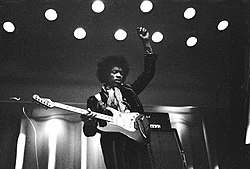This article needs additional citations for verification .(January 2014) |
You can help expand this article with text translated from the corresponding article in Finnish. (June 2023)Click [show] for important translation instructions.
|
| Kulttuuritalo | |
|---|---|
 | |
 | |
| General information | |
| Type | Cultural |
| Architectural style | Modern |
| Location | Alppila, Helsinki, Finland |
| Address | Sturenkatu 4 |
| Coordinates | 60°11′18″N024°56′39″E / 60.18833°N 24.94417°E |
| Current tenants | Sodexo |
| Construction started | 1955 |
| Completed | 1958 |
| Owner | Helsingin Kulttuurihub Oy |
| Design and construction | |
| Architect(s) | Alvar Aalto |
| Other information | |
| Seating capacity | 1452 + 2 |
| Website | |
| https://www.kulttuuritalo.fi/en/home/ | |
Kulttuuritalo (Finnish : Kulttuuritalo, Swedish : Kulturhuset) is a building in Alppila, Helsinki, Finland. The building was designed by Alvar Aalto, and is considered to be one of his main works.

